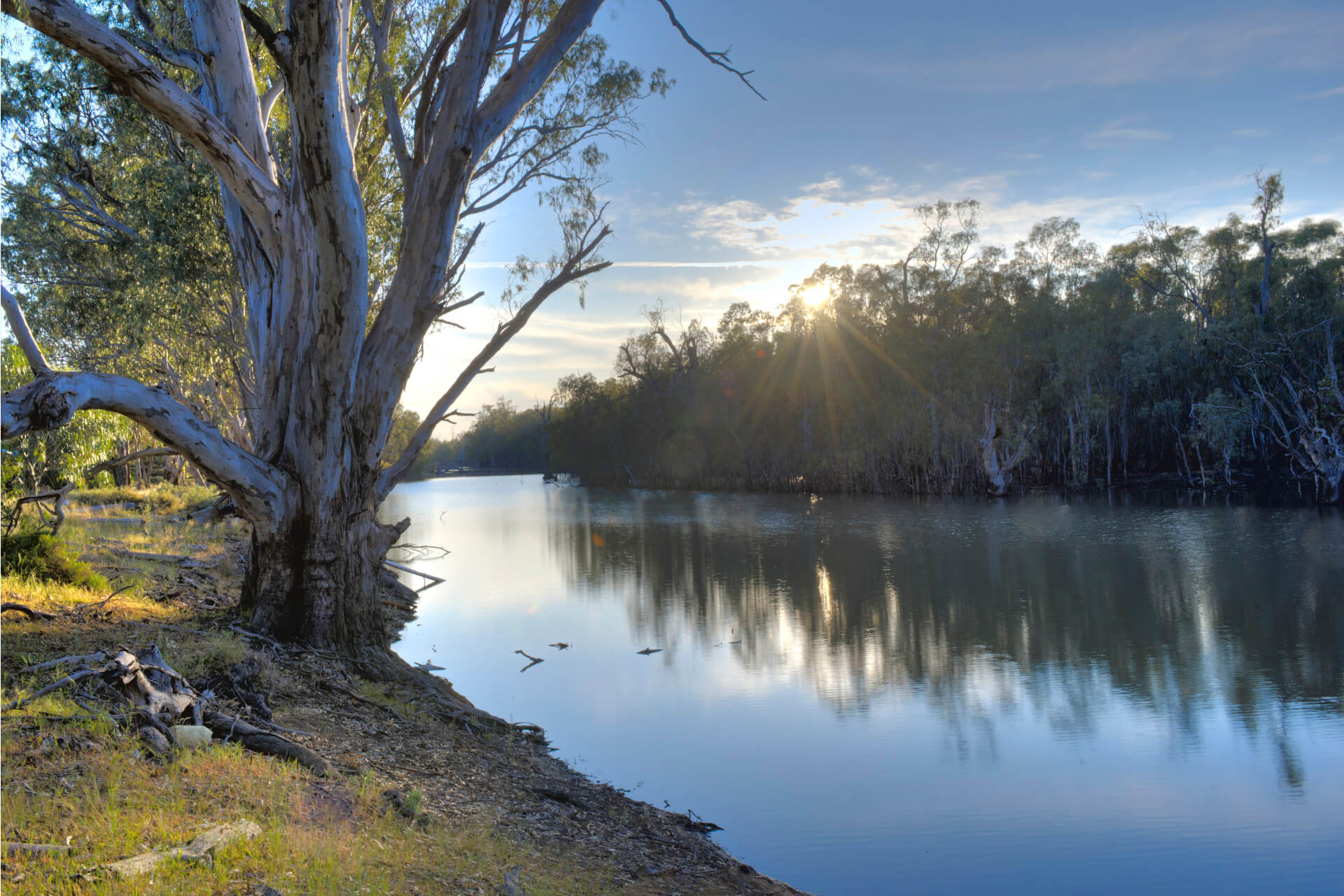The Murray and Lower Darling Environmental Water Advisory Group met online on 20 June 2025 to discuss environmental water plans for the 2025–26 water year.
Overview of conditions in the Murray system
Conditions have been very dry in the catchment, with system inflows below the long-term average. However, the Bureau of Meteorology forecasts potential relief, predicting a wetter than average winter. The Murray system is beginning to see some response from rainfall in the upper Murray tributaries.
Stevens Weir pool is low due to annual maintenance. Discussions were held to determine if the lowering of the weir pool needs to occur every year, considering the impact on native vegetation and other native species.
At the time of the meeting, the whole of basin storage is at 57% compared to 76% for the same period last year.
Water delivery plans
Water managers aim to deliver elevated baseflows through winter then deliver a River Murray multi-site spring fresh from September to December if water availability allows it. This event would also help inundate Millewa Forest and Werai Lands and deliver elevated baseflows through the Colligen and Yallakool creeks and Wakool River. After the spring event, water flows will return to summer baseflow levels, throughout the Murray and Edward–Wakool systems.
Water managers also plan to deliver to several ephemeral creeks, including the Yarrein Creek, which has not been watered since the 2022 floods. The Yarrein Creek event will use new structures for the first time.
Koondrook–Perricoota Forest and the Pollack update
Koondrook–Perricoota Forest planning included the key considerations of Sustainable Diversion Limit Adjustment Mechanism flow enabling works and remediation works in the forest. Following a couple of wet years, the forest dried out last year primarily to allow Sustainable Diversion Limit Adjustment Mechanism works. This led to very little water in key wetland areas. A watering event was planned this coming season but is no longer possible due to problems with the structural integrity of the inlet structure, which requires repairs before it can be used.
The Pollack will not be watered this year to allow the forest a complete drying phase.
Monitoring plans for Barmah–Millewa Forest The Living Murray icon site
National Parks and Wildlife Service monitoring at the site will include bush and waterbirds, tree condition, large-bodied native fish, Murray crayfish, turtles, frogs and understorey vegetation. Bird movements and nesting will also be monitored through a combination of acoustic and GPS monitoring and surveillance.
A wetland rehabilitation program is underway for 2 to 3 additional wetlands that have been identified for revegetation works, reintroduction of small-bodied fish and continued carp management.
